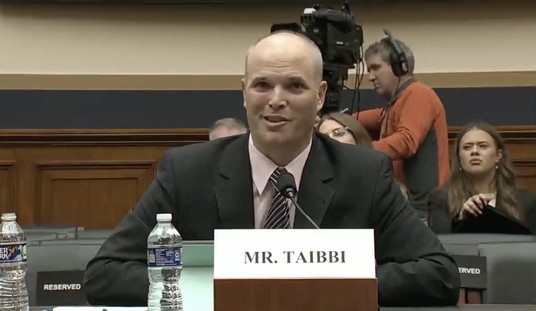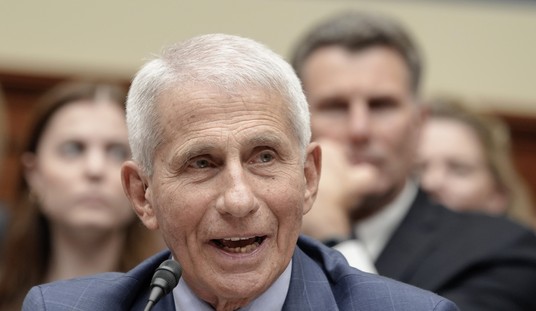When news first broke in 2019 that the Trump administration was exploring the idea of purchasing Greenland—or at least forging a strategic alliance—the chattering classes nearly herniated themselves from laughter. Late-night comedians, blue-check Twitter “experts,” and self-appointed geopolitical geniuses on cable panels all united in synchronized mockery. “Greenland? Is he starting a collection?” they joked, smug in their ignorance. But the laughter only exposed how unserious these voices are when it comes to actual statecraft.
Because here’s the truth: Greenland is vital. And President Trump—mocked though he may have been—was absolutely right to explore ways to bring it closer into the American orbit. Whether through acquisition or alliance, securing Greenland would be a masterstroke of long-term strategic planning. It would not only protect the American homeland in ways most critics haven't even considered but would also position us for unprecedented influence in the 21st-century geopolitical chessboard.
Let’s start with geography. Greenland sits like a frozen fortress between North America and Europe, straddling the Arctic Circle. In terms of proximity to key global powers, it’s only about 2,000 miles from both Washington, D.C., and Moscow. It gives clear vantage points over the North Atlantic and into the Arctic Ocean, two areas rapidly increasing in strategic importance as ice melts and opens new trade routes. Whoever controls Greenland controls the Arctic’s front door—and that door is opening fast.
Now consider the security implications. Greenland already hosts the American-operated Thule Air Base, which plays a crucial role in missile defense and early-warning systems. As Russia ramps up its military presence in the Arctic, building new bases and deploying icebreakers, America cannot afford to be a passive observer. And while China has no Arctic coastline, don’t think for a second they’re staying out of the neighborhood. Beijing declared itself a “near-Arctic state” (whatever that means) and is investing billions in Arctic infrastructure, trying to worm its way into influence through "research stations" and mining partnerships.
Securing Greenland—either through outright purchase or through binding, permanent alliance—ensures that hostile powers are kept at arm’s length from our northern flank. It allows us to expand our radar systems, maritime patrols, and cyber-defense infrastructure without stepping foot on foreign soil. It effectively pushes our perimeter of defense hundreds of miles outward, a smart play in an age of hypersonic missiles and drone warfare.
Then there's the issue of trade. As climate conditions shift, the Arctic is becoming navigable in ways that were impossible even a decade ago. The fabled “Northern Sea Route” could shorten shipping time between Asia and Europe by up to 40%. Greenland sits near the western end of this emerging superhighway. A serious U.S. presence there would give us leverage over the future of global trade—an economic advantage that could rival the Panama Canal. Not to mention, Greenland is home to rare earth minerals, which are critical for advanced electronics and military tech—and which China currently dominates in global supply.
So, let’s stop pretending this idea was some off-the-wall, hairbrained scheme. The real embarrassment is that we didn’t think of it sooner. Denmark, which nominally governs Greenland, relies heavily on subsidies to sustain it. Greenlanders themselves have been inching toward autonomy, with some voices even welcoming closer ties to the U.S. if it meant economic development, energy partnerships, and mutual security.
And yet, as with anything Trump touched, the media’s response was to snicker, shrug, and move on. CNN rolled its eyes. Colbert did a monologue. The Atlantic called it “neo-colonial buffoonery.” Because of course they did. It’s easier to mock than to think. Easier to sneer than to analyze. Easier to play hipster geopolitics than to acknowledge when a Republican president might actually be thinking ahead.
Imagine if those same critics had been around when Thomas Jefferson suggested buying a vast, undeveloped swamp called “Louisiana” from the French. Or when Secretary of State William Seward negotiated the “folly” of Alaska from the Russians. Both moves were derided at the time. Both turned out to be among the greatest land acquisitions in world history. The Louisiana Purchase doubled the size of the United States. Alaska gave us oil, gold, and a strategic edge in the Cold War.
And now here comes President Trump, doing what bold American leaders have always done: thinking three moves ahead. He saw Greenland not as a joke, but as a jewel—a key to securing American prosperity and safety in a rapidly changing world.
Critics mocked him. They always do.
But history doesn’t remember the mockers. It remembers the movers. The ones who don’t just manage the present but shape the future.
Think back to 1940. President Franklin D. Roosevelt, watching Hitler gobble up Europe, made a deal with the British to trade old American destroyers for military base rights across the Atlantic. The press howled. Isolationists screamed. But FDR was thinking not about the next news cycle—but about the next war. And when Pearl Harbor hit, and we had to project force across oceans, those bases were already ours.
That’s what true leadership looks like.
That’s what Greenland represents.
And that’s why the Trump administration’s instincts weren’t just good—they were essential.
Why Greenland Is Vital
The opinions expressed by columnists are their own and do not necessarily represent the views of Townhall.com.
Advertisement
Advertisement
Advertisement

Advertisement
























Join the conversation as a VIP Member